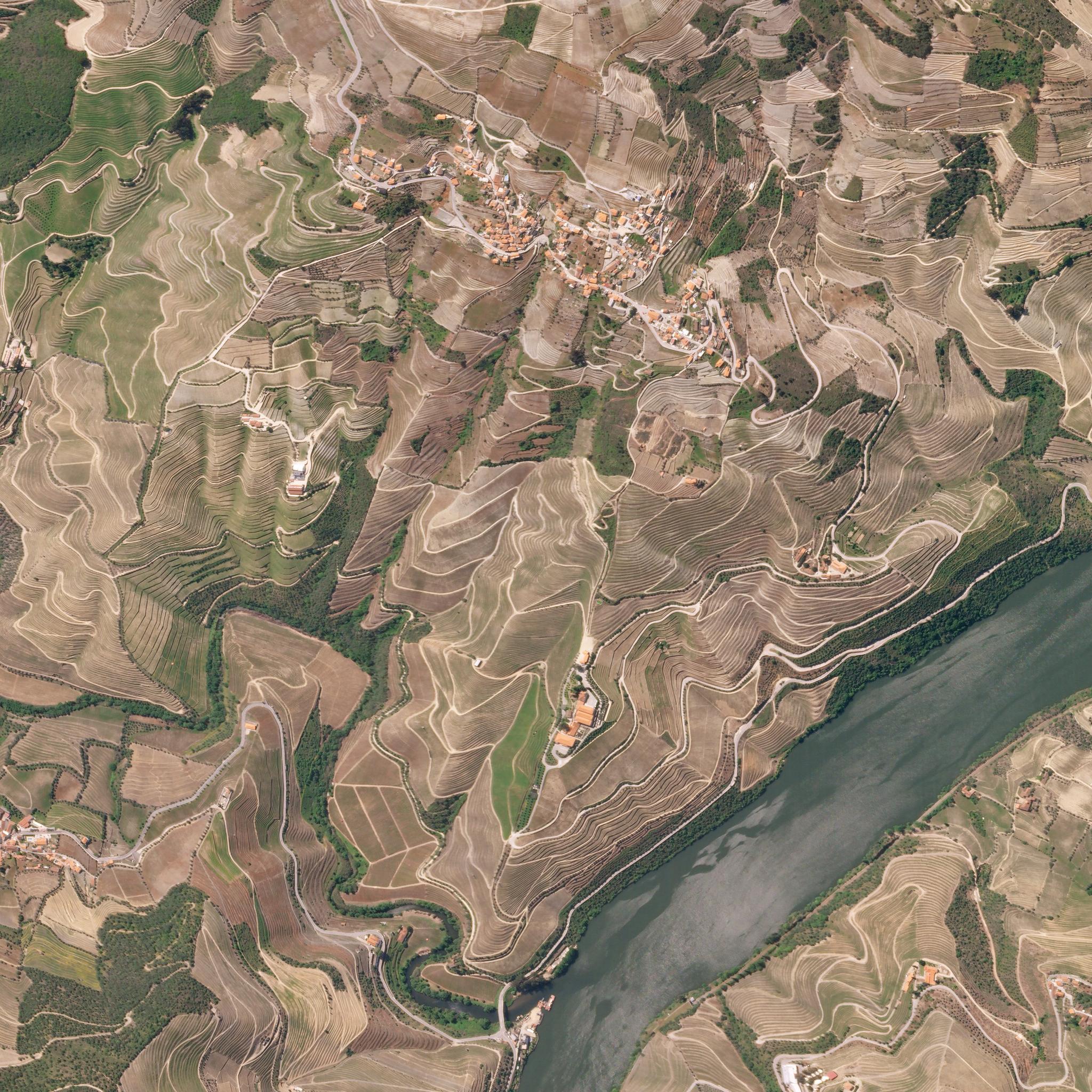On-orbit Wine Tasting? Monitoring Vineyards with Planet Satellites
Lianas—woody vines, including grapes—are structural parasites. Climbing on their hosts to get to the sunlight means lianas can spend less energy supporting themselves, devoting more to producing leaves and fruit. The risk is that their wood is less robust to stress, like freezing cold temperatures. As the water in the plant’s veins gets cold, air bubbles form, which can mean death. Temperate lianas such as grapes have various adaptations to deal with the cold, including an ability to generate positive root water pressure: in the spring, pruned grapes will drip or even erupt water from their root stock, which helps clear the veins of possible air bubbles. In the field, stem water potential can be measured using electric probes, but it is difficult and time consuming. Leveraging satellite imagery could make those field measurements more efficient, allowing stem water potential to be estimated over larger areas and over different time periods. Here, David Helman and his team utilized Planet’s high-revisit Dove imagery to produce weekly estimates of stem water potential over commercial vineyards in Israel: “the approach presented here shows promise in exploiting these technologies, which include resolving the mixed-pixel problem in agriculture as well as in the ecological monitoring of natural vegetation systems from satellites.” Helman and team also used the Google Earth Engine platform to ingest and process Planet data: “The tools developed here, i.e., the combination of Planet images and GEE platform, with the aforementioned mixed-pixel separation approach, may be also used for water status monitoring of agricultural fields other than vineyards.” The full paper is available via open access from the journal Remote Sensing. [caption id="attachment_142982" align="alignnone" width="1663"]


Ready to Get Started
Connect with a member of our Sales team. We'll help you find the right products and pricing for your needs.


